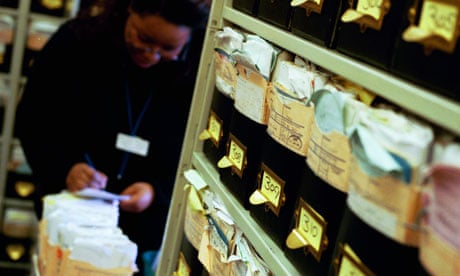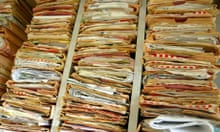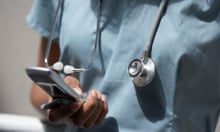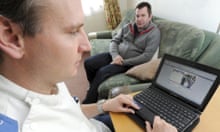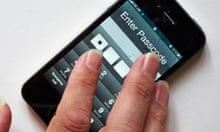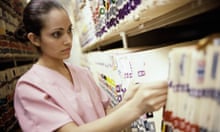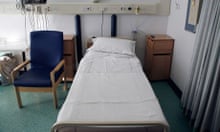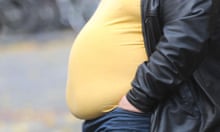Innovations such as robotic surgery and advancements in imaging mean treatment that what once seemed like science fiction is routine in modern healthcare.
Mobile wireless technology is also revolutionising the way information is used, giving staff the opportunity to access it whenever and wherever they need it.
At King's College hospital, the demand for quicker access to patient information came from clinicians. The IT department was, of course, enthusiastic about this change but also in a quandary – would staff ever turn away from paper notes in favour of handheld computers?
Initially, it was clear that there were benefits to having test results available faster and that it was quicker not to write out a patient's details again and again on each request form. However, we faced a real culture change for staff around how the paper medical records were used. Paper was the preferred option but now the vast majority of staff turn to paper notes only as a last resort. Electronic notes are available wherever and whenever they are needed, and it is not necessary to pass bundles of papers between clinics because more than one person can view them at one time.
But there are logistical challenges, too. We need to make sure there is stable and reliable infrastructure in place to support every piece of technology we introduce.
It has been a gradual change but now about 80% of our processes are managed through electronic systems, and this figure is increasing all the time.
When a patient is first referred to us, DOCMAN Referral management solution allows us to ensure patients are booked into the right clinics without paper letters or faxes. It also gives us a full audit trail of the referral process, so that when patients ring the hospital we know where the referral is in the pathway. Previously, that would have meant hunting through piles of letters on desks.
E-prescribing means doctors can order medications for patients on mobile computers, sending the prescription to pharmacy where it is screened before a robot selects the drugs from the store cupboard. It is checked by human eyes just before it is sent to the ward and administered by a nurse – also using mobile technology to record that the drug has been given.
This system is in place across all of our adult wards, with complete coverage of our children's wards due in the coming months. It's quicker and more efficient: jokes about doctors' bad handwriting are becoming increasingly irrelevant.
Clipboards at the end of patients' beds are disappearing and are being replaced by bedside observation recorded by nurses on an iPod Touch. Clinicians can then order and review tests electronically, monitoring vital signs digitally while automatically recording information.
However, it's not just about efficiency but safety, too. Digital recording means departments can be audited more easily in order to check how effectively they respond to medical alerts. Our in-house IT department also developed a new app for clinicians to record information about patients as they are admitted to hospital. This will ensure that all the information collected about the patient is consistent and avoid the duplication necessary with paper forms.
It is not long since I took my son for orthodontic treatment at our local hospital. The clerk had to decipher the handwriting on the paper forms before my son was x-rayed. Then I had to carry the hard-copy film back to the orthodontist who compared it using tracing paper to the previous film. It all appeared a bit haphazard, but it also reminded me just how far we have come at King's.
Being paperless is a bold ambition and one that will take time, but right now we have areas we call 'paper-light' as we aim to be as paperless as possible.
As time goes by there will be less and less paper around, just as in other parts of our lives.
Colin Sweeney is director of IT at King's College hospital.
This article is published by Guardian Professional. Join the Healthcare Professionals Network to receive regular emails and exclusive offers.
